Rising higher than fear, falling and failure
A colorful puzzle, a thrilling escape and a confidence-booster: The sport of climbing provides not only a physical challenge to participants but mental and emotional benefits as well
November 16, 2017
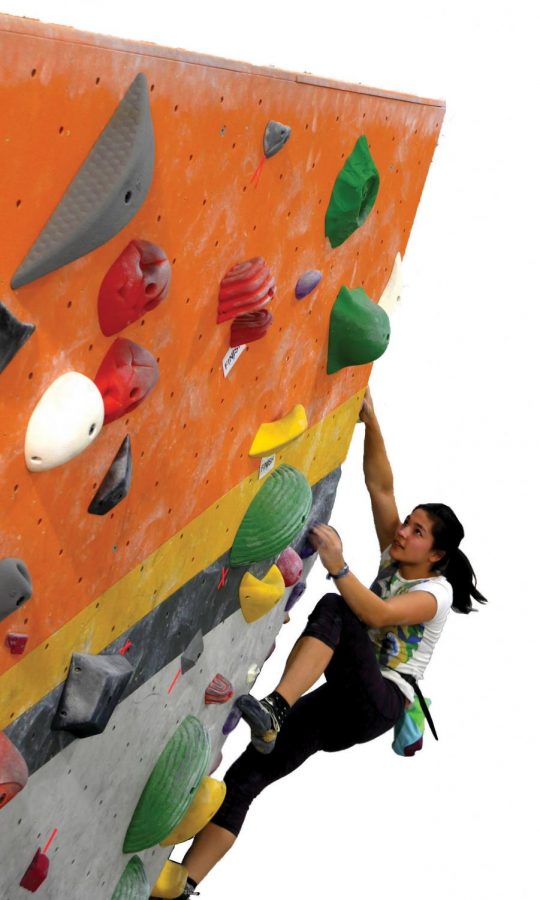 How much weight could you lift with one foot, a toe and seven fingers?
How much weight could you lift with one foot, a toe and seven fingers?
Junior Michelle Awh can support her whole body.
Steadying herself in a contorted shape at a 45-degree angle, Michelle hikes her left leg up onto a hold. Right leg swings out for balance. Both hands stagger in two holds above her head. Readjusting herself, Michelle lowers her body and swings her right leg well above her head and rests her calf around a hold. Maneuvering the rest of her body, Michelle puts both hands on the top hold signaling the finish of the “puzzle” — climber lingo for a bouldering path. Climbing combines a physical activity with an enigma. That thinking aspect of the game is what draws two juniors’ attentions to the sport.
Michelle has been climbing for a team for over two years at First Ascent, a climbing gym located in Avondale. She began her climbing career at the age of 7 when her parents signed her up for climbing camps during summer breaks.
“My favorite part about it was really the technique part,” Michelle said.“Not the strength part, because you just have to think about it — just like a puzzle.”
With so many different ways to approach a puzzle, a climber needs to consider all the outcomes. One of Michelle’s climbing coaches, Dan Stirton, explained that climbing is also a way to stop thinking as well — about problems or worries.
“I climb because it allows myself to improve physically, mentally and emotionally,” Mr. Stirton said. “It allows me to live in the moment, kind of away from any other problems, any other worries, anything on my mind. If I really need to clear my mind I can just come climb and it’s just like magic, it’s incredible.”
Climbing is more than a physical activity. And lessons learned on the climbing wall have their uses outside of the gym. It teaches athletes to face their fears and overcome them, as well as providing a space to release stress and escape their worries.
Junior Isha Singh has been climbing for 11 months on a team at Brooklyn Boulders, located in the West Loop, and also sees climbing as a great way to escape her stress.
“It’s really big stress reliever because when you’re climbing you cannot think of anything else, otherwise you’ll fall,” Isha said.
Isha also noted that climbing has given her more than just a way to be physically active, explaining that in climbing, as well as life, you cannot be afraid of failure.
“You just gotta go for it,” Isha said, “You can’t be afraid of literally falling, but also falling in other aspects.”
Isha explained that climbing has taught her that failure is not the end of the line, but rather a way to learn.
For Michelle, climbing taught her to hold her body weight, but the sport has also taught her to let others help her as well as encouraging her to help others. Whether that be giving or receiving support, encouragement or “beta” — climbing lingo for advice.
Michelle finds that climbing has also taught her to put her mind over matter, convincing herself not to be afraid of trying new things — and in climbing, convincing herself that she’s not scared to come back down after completing a puzzle.
Climbing teaches athletes to overcome their fears and to tackle obstacles some believe may be impossible when they first begin. So although the sport requires an intense amount of physical training, climbing is as much a mental sport as it is a physical one.
At first Michelle was scared of climbing too high for fear of needing to come down by either jumping from bouldering or letting go and leaning back when she was on a ropes course, but she kept convincing herself that “this is not something that’s scary for me.”






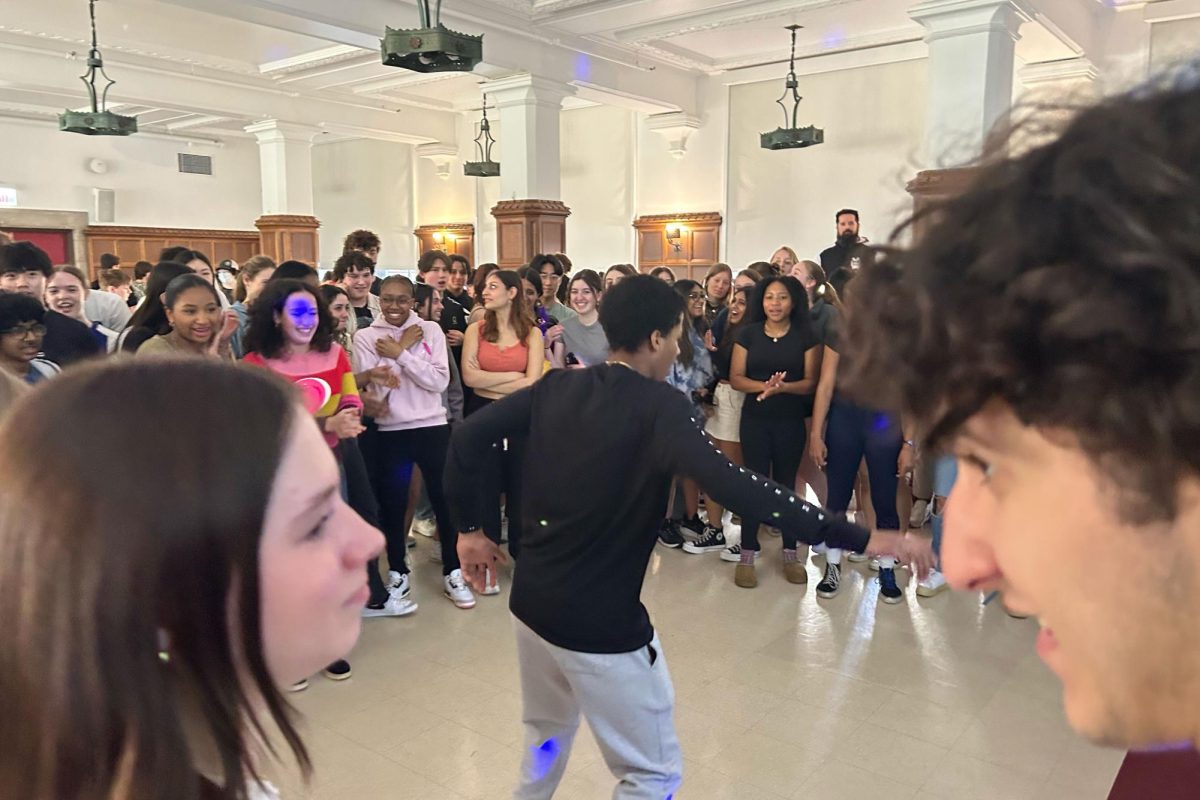
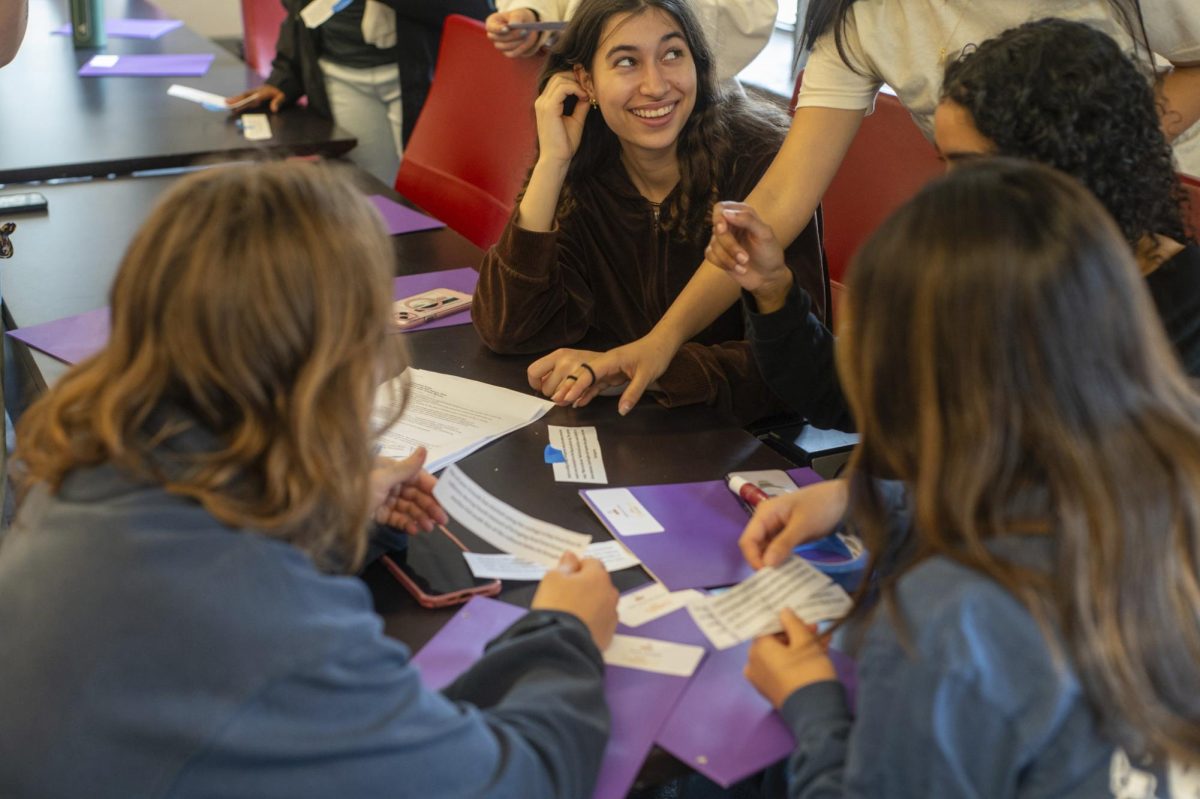
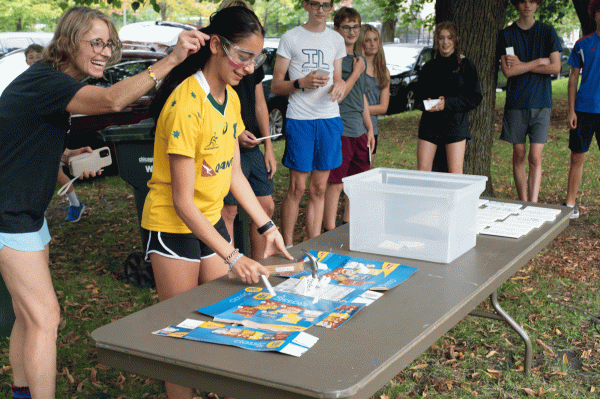
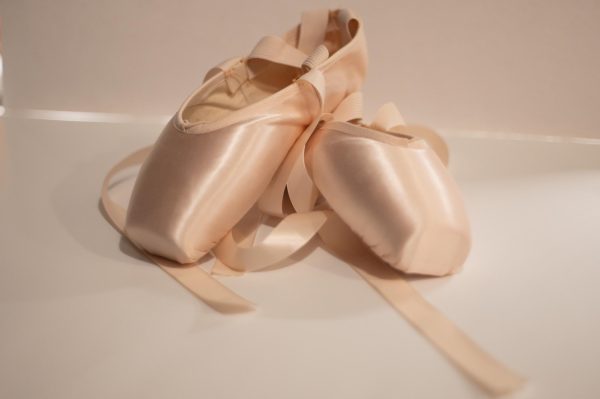



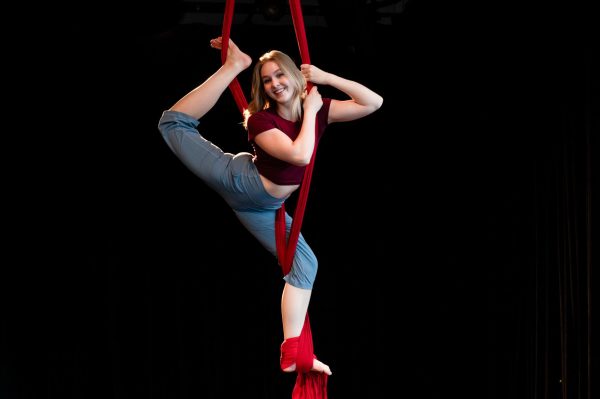



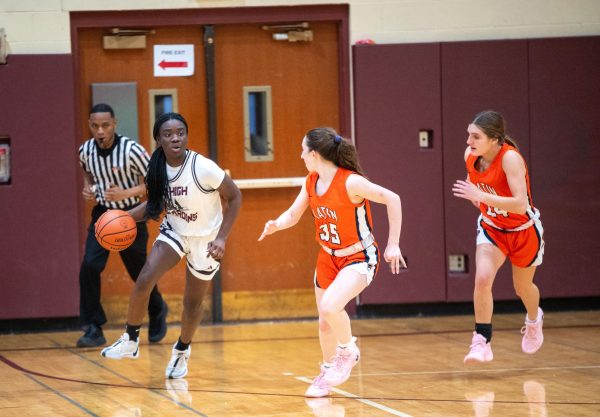
Mrs. Sonny Lee • Apr 28, 2022 at 1:25 am
wow! such great writing. didn’t this guy win an award? this article makes me want to try out rock climbing! big fan of author Lee’s feature style.